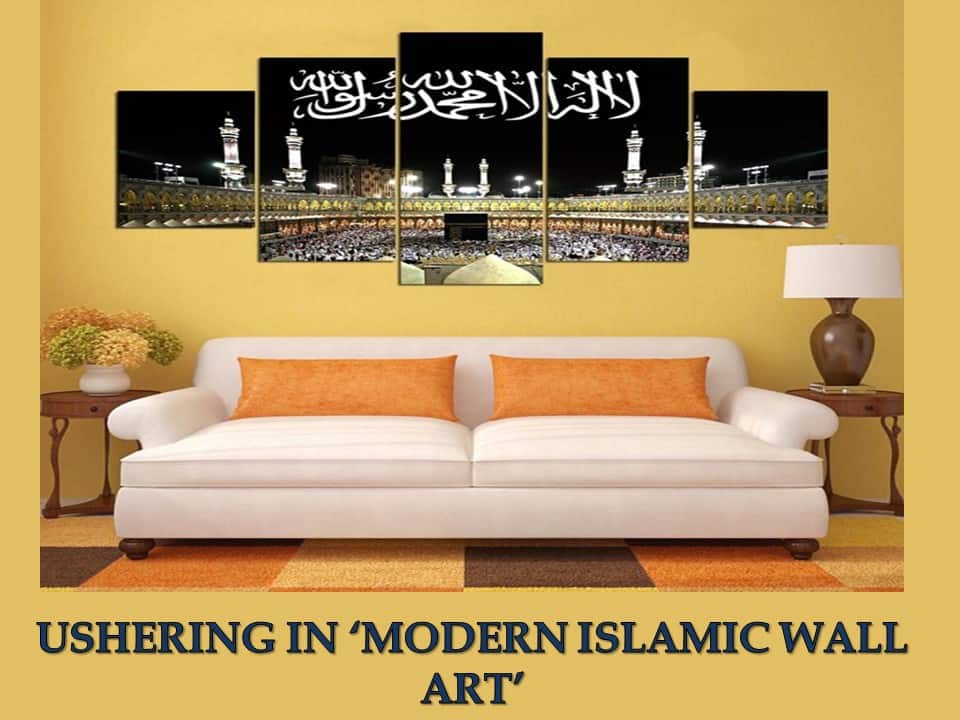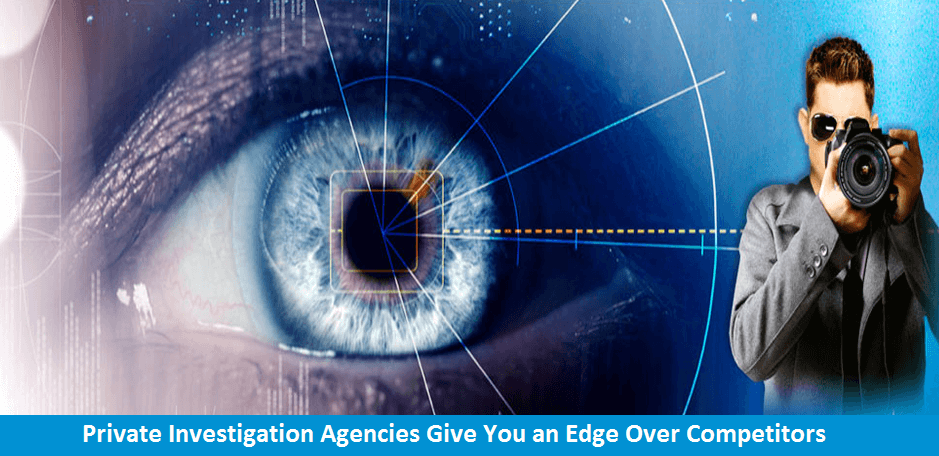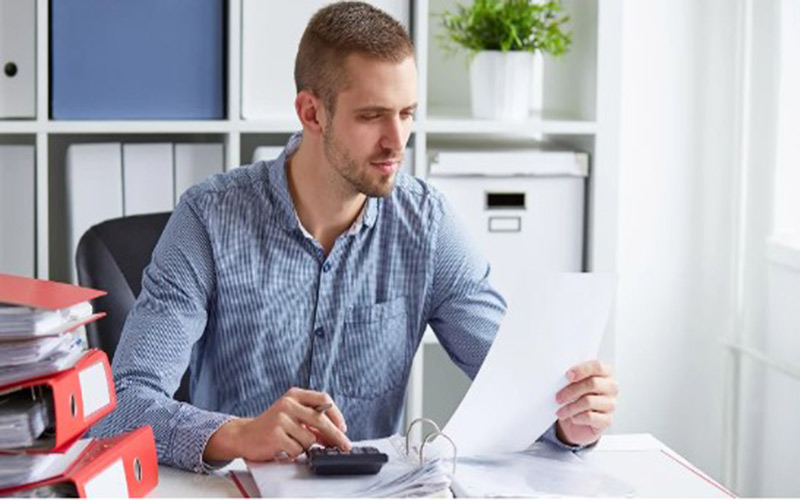Muslim wall art is among the latest trends in new-age interior decoration. Be it minimalist wall decals or vivid works of art on canvas, Islamic art wall décor is witnessing a revival of sorts in the current era.
Yes, we say a ‘revival of sorts’ as Islamic calligraphy is actually an old art form, having taken shape in the 7th century, not long after the demise of the Islamic Prophet Muhammad (peace be upon him).

As the new religion prohibited animal and human imagery, the way to decorate walls of buildings and monuments, as well as arts and crafts, was found in Islamic calligraphy – the science of writing the verses of the Quran in different styles.
Islamic calligraphy flourished during the rule of Muslim empires in different parts of the world – from enhancing the beauty of beautiful buildings like the Blue Mosque in Turkey or the Taj Mahal in India to raising the artistic quotient of ceramic pottery, marble work and silk carpets as well as being used to write court documents.
Down the ages, there has been a steady slowdown in the scale and canvas of Islamic calligraphy on account of many factors — from the disintegration of Muslim empires to a general lack of interest in and promotion of the medieval art form.
Now, in the era of the digital era, and its critical byproducts– social media and e-commerce – along with globalization-led increasing incomes, Islamic calligraphy has re-emerged in a new avatar. A new market is being created for Islamic wall art décor by using modern material and technology fusing them with traditional handmade calligraphy. This is how it works: An artist uses traditional calligraphy pens to write any at from the Holy Quran. This handwritten work is then digitally coloured, sharpened and enlarged in order to be reproduced in any size. Finally, it is printed on canvas, fine art paper or leather, or transferred to a stencil sheet to pull out a wall sticker, or even is even etched on the glass to produce a handy souvenir.
As these are replications of the original work, they are often affordable and sold widely on different e-commerce platforms, from general marketplaces like Amazon to more specialized arts-and-crafts portals like Etsy. Elite art buyers may not be comfortable with the ‘reproduced’ aspect of these artworks, but one can not deny to the contribution this new trend has made towards the revival of Islamic art.
Significantly, modern Muslim wall art pieces are not just simple replications of the original, handwritten work. A lot of value addition goes into them in the form of digital enhancements, including sharpening of lines, colouring of the letters, placing of backdrops, addition of decorative elements such as lanterns, crescents or the geometric Islamic patterns, and lastly rendering the original artwork the flexibility to be printed in any size – from tiny to large. And of course, the flexibility to be reproduced on any surface – from canvas and leather to vinyl stickers and glass.
Clearly, Islamic wall art décor is witnessing a new dawn.

 Enrollment Of A Foreign Company In Dubai
Enrollment Of A Foreign Company In Dubai Private Investigation Agencies Give You an Edge Over Competitors
Private Investigation Agencies Give You an Edge Over Competitors A definitive guide on how Oil market price affects the Industrial Pump Market
A definitive guide on how Oil market price affects the Industrial Pump Market Common Misconceptions About Steel Companies
Common Misconceptions About Steel Companies Estimating Business Budgets: How to Accurately Forecast Project Costs?
Estimating Business Budgets: How to Accurately Forecast Project Costs? 4 Factors to Consider When Choosing a Small Business Accountant
4 Factors to Consider When Choosing a Small Business Accountant 5 Safety Measures For Working At Height
5 Safety Measures For Working At Height How to Start a Contact Center for a Viatical Business
How to Start a Contact Center for a Viatical Business How to Make Your Stall Stand Out at Trade Fairs and Conventions
How to Make Your Stall Stand Out at Trade Fairs and Conventions How to Convert Physical Shares into Demat?
How to Convert Physical Shares into Demat? WhatsApp spy app to protect Small Business Secrets
WhatsApp spy app to protect Small Business Secrets Maintaining a Positive Image Regarding Your Place of Business
Maintaining a Positive Image Regarding Your Place of Business It is Why You Must Have to Hire a Chauffeur for Your Occasions
It is Why You Must Have to Hire a Chauffeur for Your Occasions Hidden Costs of a Commercial Premises
Hidden Costs of a Commercial Premises